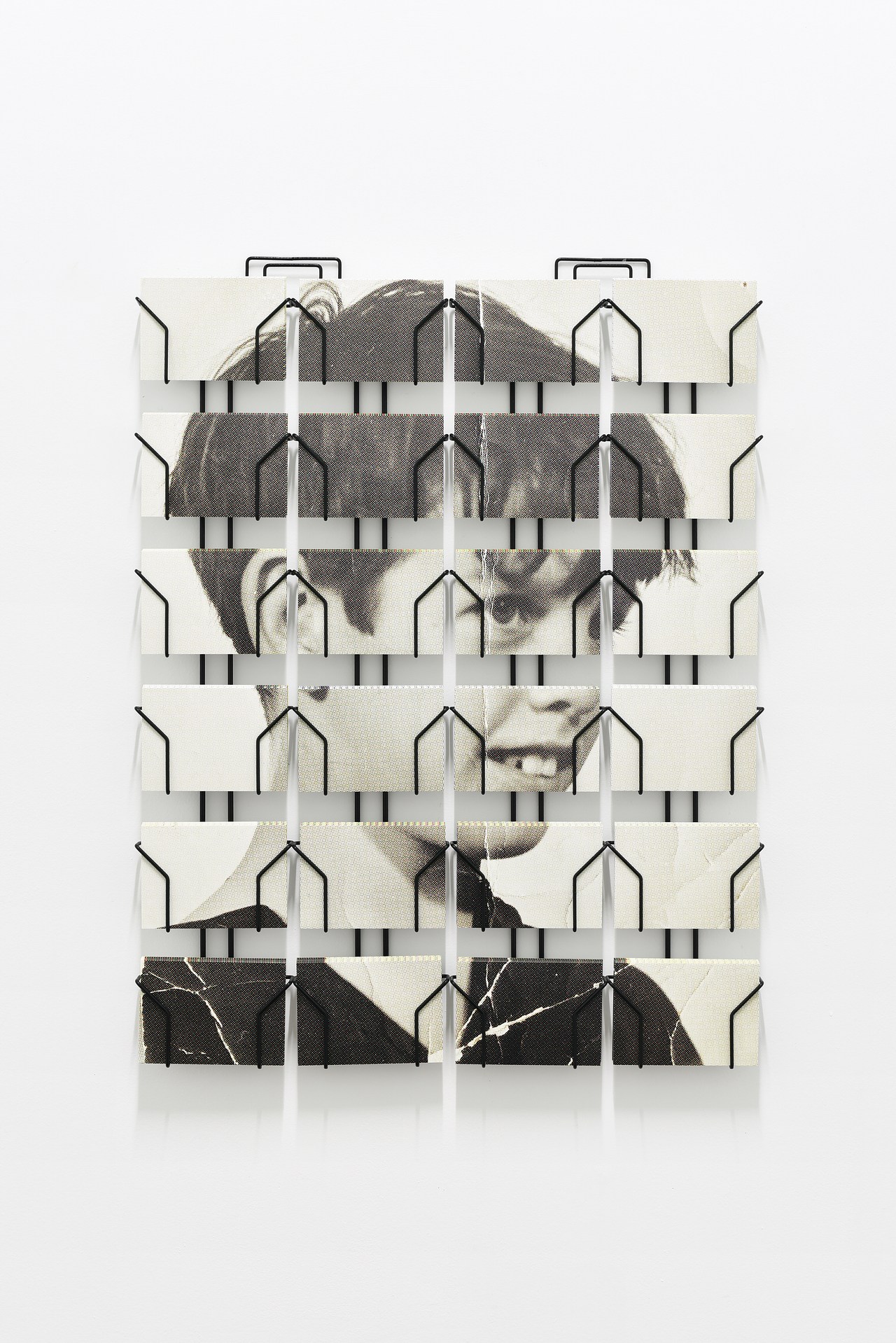Meeting #100
- Drawing & Print (Drawing & Print)
Jonathan Monk
Meeting #100 is one in a series of text works by Jonathan Monk. In this series, the artist attempts to organize meetings somewhere in the world. The audience is given the details of a meeting—the place, date and time—and nothing more. Meeting #100 specifies a meeting at “The Clock Tower, Leicester, England, May 7th 2024, Noon”. While the work indicates a very specific appointment in the future, the reason or goal of the meeting is intentionally unclear. This basic principle and structure always remains the same throughout the series. The invitation to meet is potentially open to an audience of thousands, which is theoretically more likely to result in a rally or demonstration rather than a brief encounter. The reception of the work changes at the very moment of the meeting, when anticipation gives way to memory and nostalgia.
Jonathan Monk re-fashions and re-examines seminal works of Conceptual and Minimal art through witty, ingenious, and irreverent means. Through wall paintings, monochromes, ephemeral sculpture, and photography, Monk reflects on the tendency of contemporary art to canabilize references, while paying homage to figures such as Sol LeWitt, Ed Ruscha, Bruce Nauman and Lawrence Weiner. Monk’s art practice does not follow any specific style; it doesn’t contain any common characteristic to identify his work at first glance. The amount and variety of his works poses questions about what supports them. Demystifying the creative process, Monk often employs appropriation, humor, irony, and anecdote in his work. To enter an exhibition of works by Jonathan Monk is like taking part in a treasure hunt, made up of digressions and space-time manipulations.
Colors:
Related works featuring themes of: » Appropriation Art, » Art in Art, » Contemporary Conceptualism, » Contemporary Pop, » British

© » KADIST
Mark Leckey
2004In Made In Heaven , we are face to face with a sculptural apparition, a divine visitation in the artist’s studio...

© » KADIST
Hamra Abbas
2010At first glance, Cityscapes (2010) seems to be a collection of panoramic photographs of the city of Istanbul—the kind that are found on postcards in souvenir shops...

© » KADIST
Jeremy Deller
2012Beyond the White Walls , with a commentary written and spoken by Jeremy Deller, is often wryly amusing...

© » KADIST
Martin Boyce
2003In the installation Our Love is like the Flowers, the Rain, the Sea and the Hours, Martin Boyce uses common elements from public gardens – trees, benches, trashbins– in a game which describes at once a social space and an abstract dream space...

© » KADIST
Douglas Gordon
1996In Monster (1996-97), the artist’s face becomes grotesque through the application of strips of transparent adhesive tape, typical of Gordon’s performance-based films that often depict his own body in action...

© » KADIST
Juan Capistran
2005White Minority , is typical of Capistran’s sampling of high art genres and living subcultures in which the artist subsumes an object’s high art pedigree within a vernacular art form...

© » KADIST
Cerith Wyn Evans
2008Untitled (Perfect Lovers + 1) by Cerith Wyn Evans takes as its starting point Felix Gonzales-Torres’s seminal work Untitled (Perfect Lovers) , in which two clocks were synchronized and left to run without interference, the implication being that one would stop before the other...

© » KADIST
Anthony McCall
1973The film Line Describing a Cone was made in 1973 and it was projected for the first time at Fylkingen (Stockholm) on 30 August of the same year...

© » KADIST
Douglas Gordon
2004Douglas Gordon’s single-channel video The Left Hand Can’t See That The Right Hand is Blind, captures an unfolding scene between two hands in leather gloves—at first seemingly comfortable to be entwined, and later, engaged in a struggle...

© » KADIST
Ryan Gander
2012Epiphany…learnt through hardship is composed of a bronze sculpture depicting the model of the little dancer of Degas, in the pose of a female nude photographed by Edward Weston (Nude, 1936) accompanied by a blue cube...

© » KADIST
Alessandro Balteo Yazbeck
2008Part of a larger series of photographic works, Alessandro Balteo Yazbeck’s Corrupted file from page 14 (V1) from the series La Vega, Plan Caracas No...









